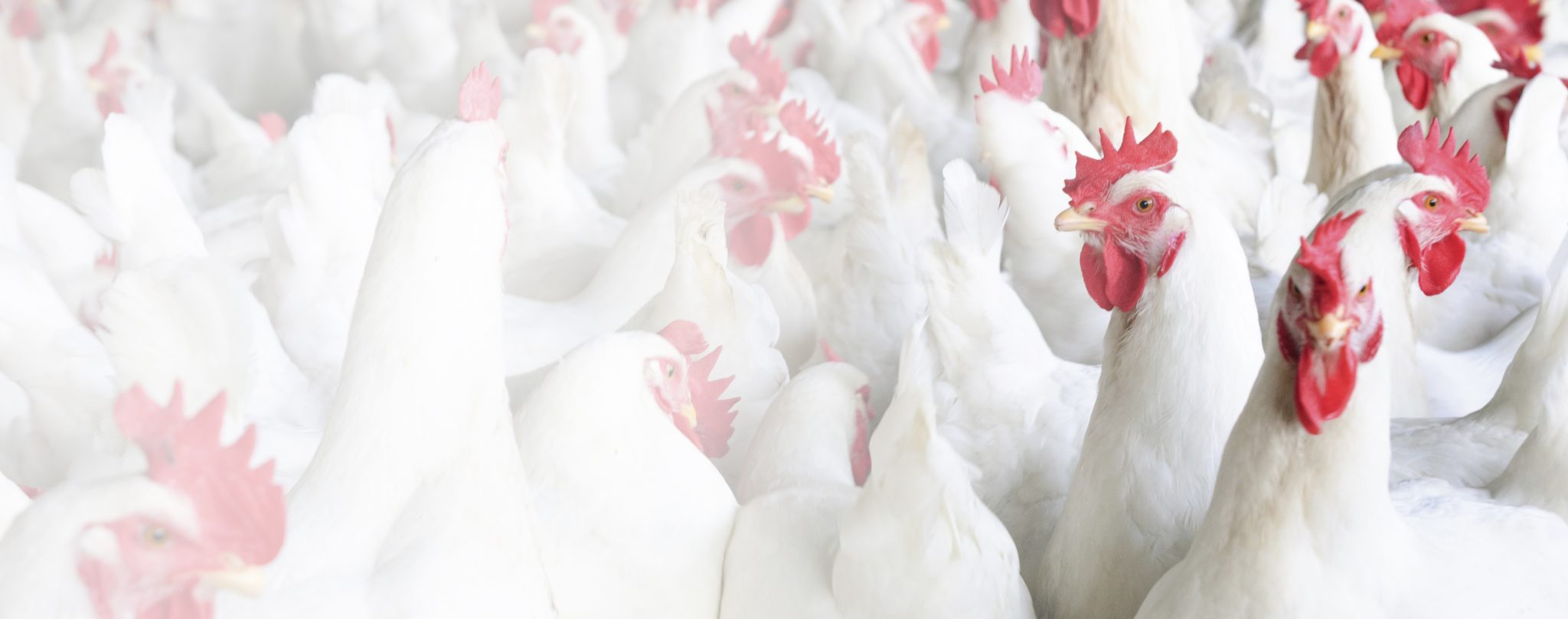Farming

December 2023 Update
Q: What is avian influenza?
Avian influenza is a virus carried by migratory waterfowl, including ducks and geese. Domestic poultry, including chickens and turkeys, are very susceptible to the disease.
Currently, one strain of avian influenza is being reported in the United States. The strain is a high-pathogen H5N1 strain that has a lower infective dose than in previous years. It can cause illness in waterfowl, which can transmit the virus to raptors and domestic poultry, where it can cause severe disease with high mortality. If detected in domestic poultry, the entire flock is euthanized and the area quarantined.
Q: What is the main difference between HPAI (highly pathogenic avian influenza) and LPAI (low pathogenic avian influenza) for poultry?
Highly pathogenic avian influenza viruses cause high death and severe disease in infected poultry. Poultry infected with low pathogenic avian influenza viruses can be harder to distinguish because the symptoms may not be obvious or are mild. Examples of LPAI symptoms are a drop in water or feed consumption, lowered egg production, or ruffled feathers.
Q: Where did it come from?
The current cases are believed to have originated in wild ducks and geese, and, unlike recent cases of avian influenza, this one originated solely from North America. Migratory birds fly down the four major flyways, which begin near the Arctic Circle and cross the United States. Alabama is located between two major flyways, the Mississippi and the Atlantic Flyways.
Q: How is avian influenza transmitted?
Infected waterfowl can shed the virus in secretions from the mouth, nostrils, and eyes and also excrete it in their droppings. Contact with contaminated droppings is the most common means of bird-to-bird transmission, although airborne secretions are another important means of transmission, especially within poultry facilities. The spread of avian influenza can often be traced to the movement of infected birds or contaminated people and equipment, including clothing, boots, and vehicles.
Q: Is chicken safe to eat ?
Poultry is safe to eat. Infected flocks do not enter the human food chain. As soon as a flock is identified as having avian influenza, the chickens are euthanized, and their remains are disposed of, usually on the farm.
Q:How important is effective biosecurity in reducing the spread of avian influenza?
Practicing good sanitation and following appropriate biosecurity measures are the first line of defense against avian influenza. Strong biosecurity measures take many forms.
- Isolating poultry from other animals
- Restricting/minimizing access to people on the farm
- Keeping the area around the poultry buildings clean and uninviting to wild birds
- Sanitizing the facility between flocks
- Cleaning equipment entering and leaving the farm
- Having an all in, all out policy regarding the placement and removal of the birds.
- Properly disposing of bedding material and mortalities
Q: What happens now that there is a confirmed case in Alabama?
- A control zone has been established around the site where the disease was confirmed. The control zone is made up of an infected zone, buffer zone, and surveillance zone. The size of the zones may vary but generally are about 6 miles in diameter.
- Birds in the infected flock have been euthanized as a first measure to stop the spread of the disease.
- Testing is required at least weekly in the infected and buffer zones of all poultry premises. These samples will be collected by trained personnel and tested in one of the state diagnostic labs, amounting to thousands of samples daily.
- All flocks that test positive must have flock plans and compliance agreements to cover procedures necessary to develop response and emergency plans.
- Quarantine and control zones will restrict the movement of poultry and equipment, especially in the infected zone. Poultry processing plants in a control zone may experience delays, which could affect other livestock industries, if they are located within a control zone, by restricting the movement of animals into and out of the zones.
Q: Would vaccinating chickens solve the problem?
In Europe and some places in South America, vaccination has started. Here, only endangered species, such as condors, can be vaccinated. No poultry vaccinations against HPAIV are allowed in the United States.
Q: Will surveillance for avian influenza stop after an outbreak?
Surveillance for avian influenza is performed 365 days per year because avian influenza is always on the radar for local, state, and federal disease regulatory officials.
Q: What is the United States doing to prevent and combat avian influenza?
The United States has the strongest avian influenza surveillance program in the world. The USDA-Animal Plant Health Inspection Service (APHIS) has an ongoing wild bird surveillance program. Additionally, the USDA-APHIS-National Animal Health Laboratory Network (NAHLN) consists of a highly coordinated network of animal disease diagnostic laboratories throughout the United States that test surveillance samples for avian influenza and rapidly respond to disease events by communicating with national and state stakeholders.
Q: What should I do if my birds are dying or sick?
During periods of high risk for avian influenza, sick bird, or unexplained mortalities should be reported to the Alabama State Veterinarian, Poultry Unit, in Montgomery (334) 240-7255 (extension 4) or (800) 642-7761. After discussing the situation, you will likely be asked to bring dead or dying birds to one of the Alabama Veterinary Diagnostic Labs in Auburn, Boaz, Elba, or Hanceville.
For more information, visit the official website of the State of Alabama at www.Alabama.gov. Search for Backyard Poultry Flocks, Avian Influenza Outbreaks: What Alabamians Should Know, Poultry Information— Alabama Agriculture & Industries—Animal Industries, Poultry AI Brochure.
 Revised by Dianna Bourassa, Extension Scientist, Associate Professor, Poultry Science, Auburn University. Originally prepared by Ken Macklin, Emeritus Professor, Poultry Science, Auburn University.
Revised by Dianna Bourassa, Extension Scientist, Associate Professor, Poultry Science, Auburn University. Originally prepared by Ken Macklin, Emeritus Professor, Poultry Science, Auburn University.
Revised December 2023, Avian Influenza FAQ, ANR-2304

